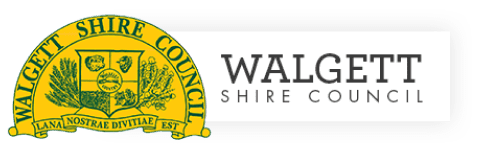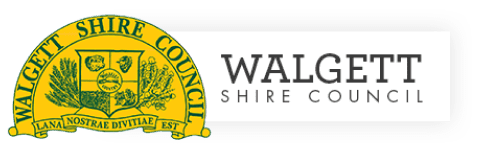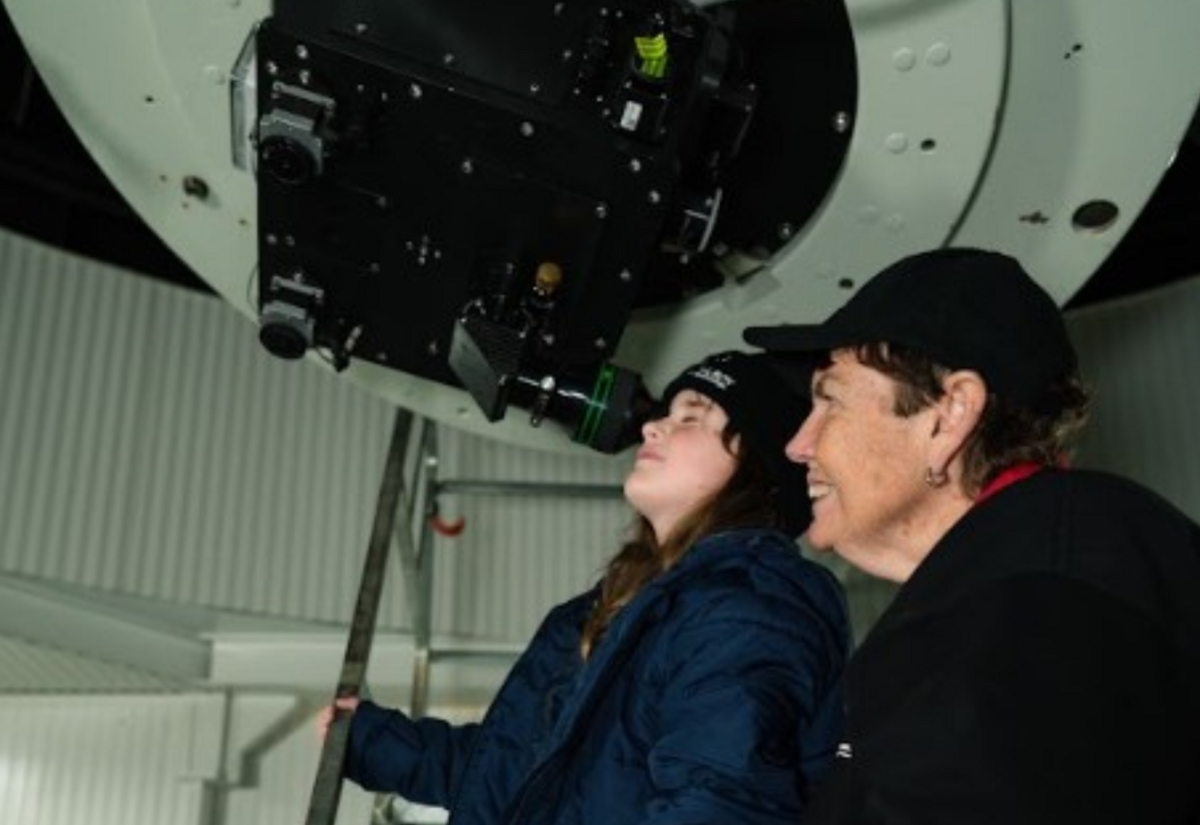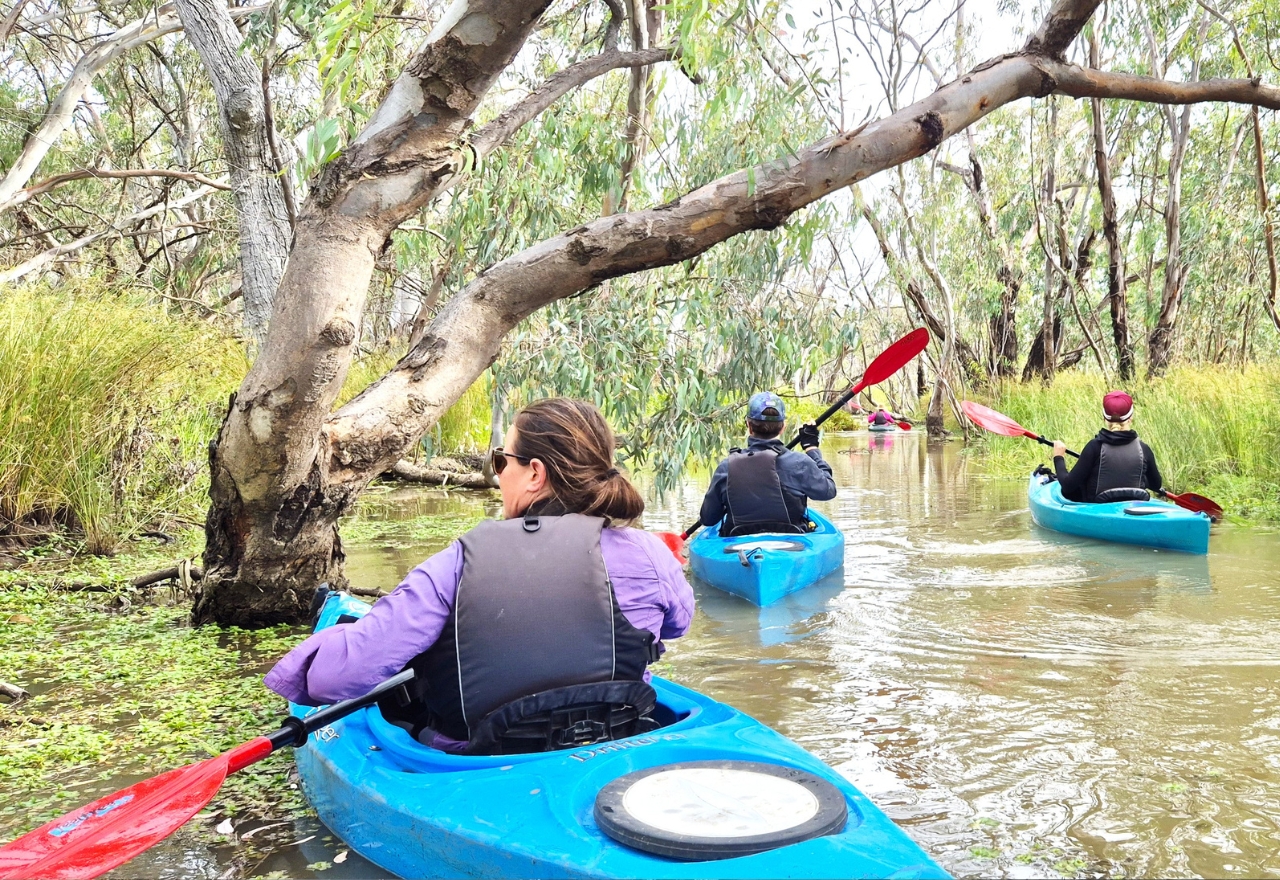Native fish missing from local rivers
Farren Hotham
23 August 2025, 2:40 AM
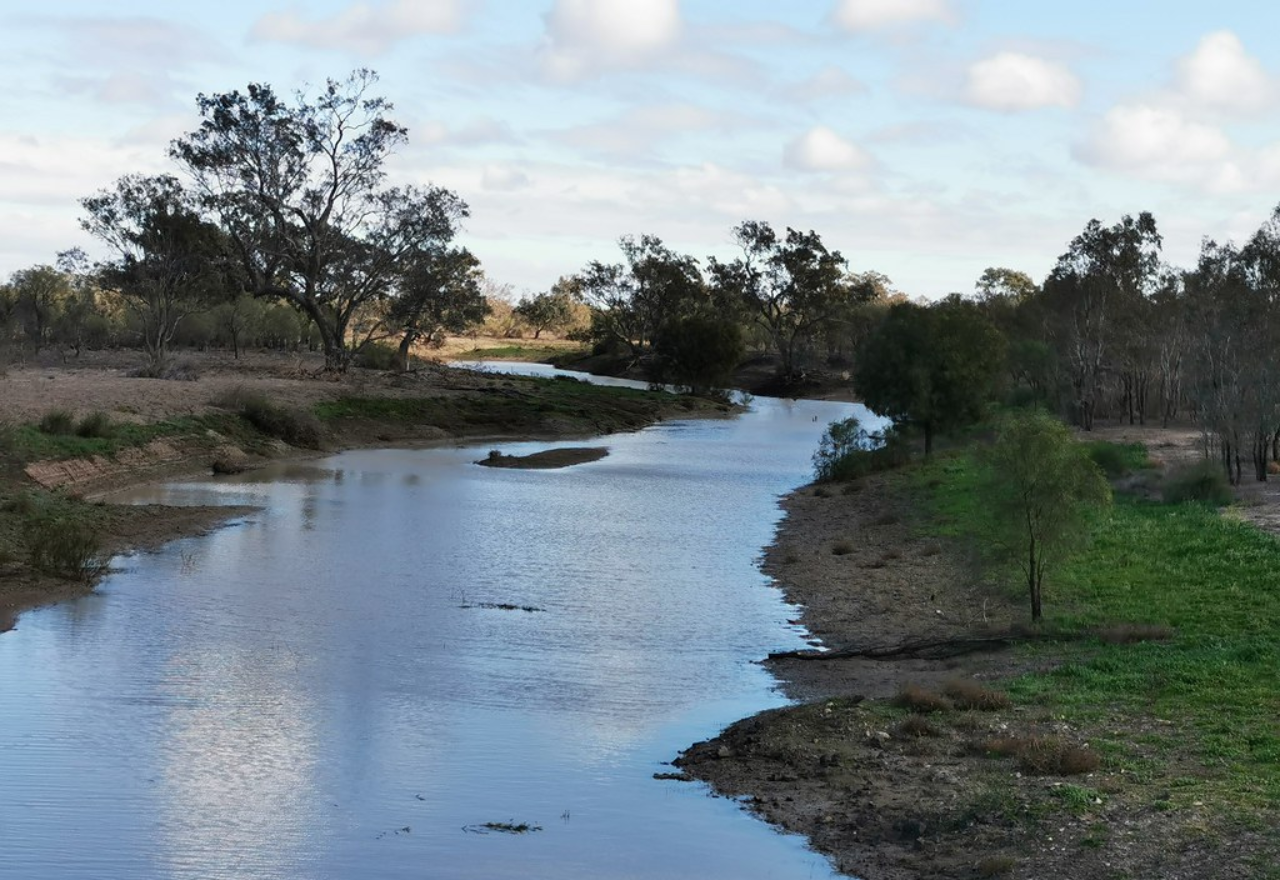 More than half the expected native species were found to be missing from the Castlereagh.
More than half the expected native species were found to be missing from the Castlereagh. The Murray Darling Basin Authority’s 2025 Sustainable Rivers Audit contains bad news on the region’s native fish.
Less than half of the expected 14 native fish species were found in the Castlereagh Valley over the last five years, and only nine of the 19 species expected to occur in the regulated Macquarie Valley (which includes the Bogan River) were detected.
The decline in the health of native fish populations in these valleys echoes broader declines across the Murray-Darling Basin over many decades.
The Audit, released in July, reveals that over 80% of freshwater fish species in the Basin have been listed as rare or threatened or are of potential conservation concern.
The six species detected in the Castlereagh were Australian smelt, bony herring, freshwater catfish, golden perch, spangled perch and carp gudgeon, with smaller species not found.
Sampling from 2004 to 2023 has not located flathead galaxias, silver perch, trout cod, Macquarie perch, Murray hardyhead, river blackfish, southern purple spotted gudgeon, two-spined blackfish or southern pygmy perch in the Macquarie Valley.
The research has shown the impacts of river regulation, barriers to fish passage, loss of instream habitat and the impacts of invasive species such as carp have all contributed to the decline.
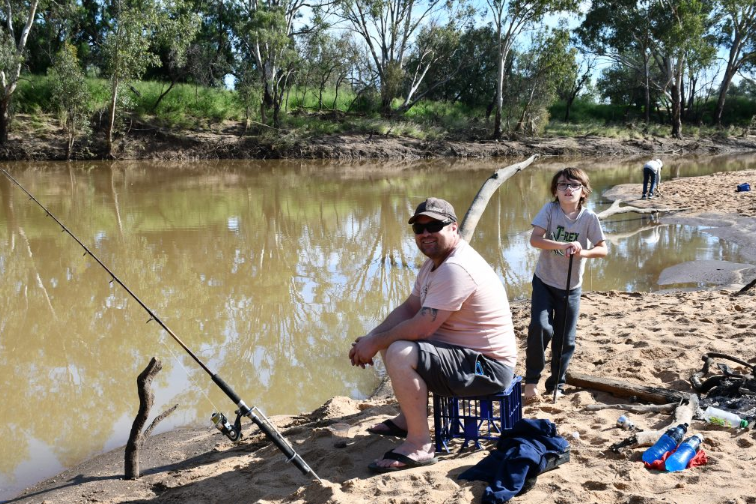
A fresh in 2020 drew Luke & Mikah Day, and other fishing enthusiasts to the Castlereagh at Coonamble. [IMAGE: Coonamble Times]
The assessment is based on 3 measurements of the native fish community:
- expectedness – the number of species compared to the species expected at a site by earlier studies
- nativeness – the proportion of individual fish that are native
- recruitment – a measure of the increase in native population size.
The Castlereagh and Macquarie systems both rate poor on expectedness, fair on nativeness and very poor on recruitment.
Lake Cargelligo-based aquatic ecologist Dr Adam Kerezsy has expertise in native fish species.
“Most of the Murray Darling Basin is in poor condition for native species and it's because of water being taken out of it and carp introduced," he said.
“The results of the catchments in the area are mixed. The Lachlan is okay with Murray cod and yellow belly, but overall it’s a basket case.
“The Castlereagh is also doing it tough with its lack of water.”
A spokesperson said NSW Department of Primary Industries and Regional Development remains committed to native fish recovery in the Basin and will continue to engage in Basin-wide actions, engagement and investment to build on the efforts to date.
“The Department is actively involved in projects across the Basin that address the ongoing threats to native fish, such as building fishways to facilitate movement and migration, reintroducing large woody debris (or ‘snags’) to improve habitat quality and extent, screening water diversions to prevent the loss of native fish and re-stocking threatened species to support recovery,” they said.
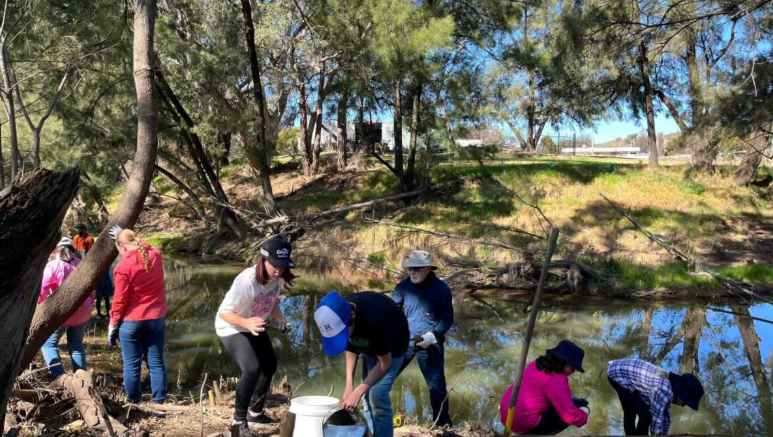
Volunteers working to improve the riverbank vegetation near Coonabarabran. [IMAGE: OzFish]
In one effort to tackle the problem at a local level, the Warrumbungle Shire Council successfully applied for a grant from the Commonwealth’s Murray Darling Healthy River Program in 2024.
Part of the plan was to remove the exotic weeds and replace them with native riverbank vegetation.
However, work on the project was halted late in 2024 because of a shortfall in funding and lack of volunteers.
NSW Fisheries says it’s a long term problem but they have been looking at solutions.
“Native fish are intrinsic to the health of rivers and people of the Murray Darling Basin," a spokesperson said.
"They have sustained and connected communities to culture, health and well-being, and traditions for thousands of generations."
